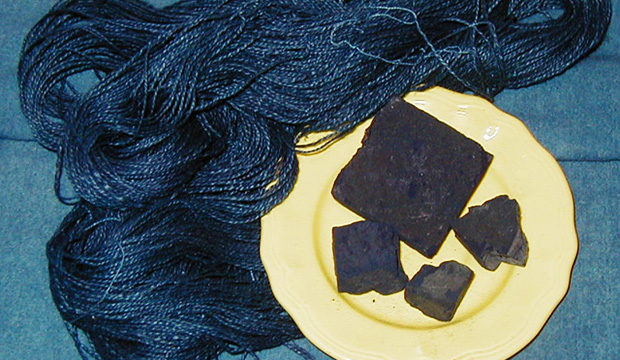

Indigo and other natural dyes have been hugely popular trends in fashion as of late. This is especially good news for emerging designers, as the process best lends itself to smaller-scale studios and can even be done at home.
Using natural ingredients in the dyeing process cuts out toxic chemicals (and all the work involved in their safe disposal!) and yields gorgeous results.
Dyeing with natural material is a slightly different process than using powdered chemical dyes. If you are interested in incorporating natural dyes into your collection, here are some tips on how to do it.
How to Incorporate Natural Dyeing into Your Fashion Collection
Choose a Fabric
Natural dyes work best on natural fibers such as cotton and wool, so synthetics such as polyester will not take the color well.
Understand Color
Take the time to figure out which dye will give you the color results you desire. For example, woad (a plant) and indigo produce blue. Marigold and weld make yellow. And the cochineal bug yields a range of pinks, corals, and reds. Because the materials are natural, the results can change a bit, so be open to natural variation!
Choose a Mordant
For those unfamiliar with the dyeing process, a mordant is the chemical that bonds the dye and fiber together. Before dye is applied, the fabric must be soaked in a mixture of water and mordant. The mordant itself can influence the resulting color- alum brightens, iron darkens, etc. Always do a test swatch to make sure you are satisfied with the finished product.
Dye Bath
Different dye materials can call for different dye bath processes, so make sure to research the material you are dyeing with. The general method, however, is to cut up your material and steep it in hot water, similar to making tea. After steeping for an hour or so, strain the loose material out of the water, and add the fabric you wish to dye to the bath. It can be left in the bath anywhere from an hour to overnight.
Repeat
Make sure to write down each step of your process (how much dyestuff was used, how long the fabric was steeped), so that you can replicate your results as closely as possible in the future!
